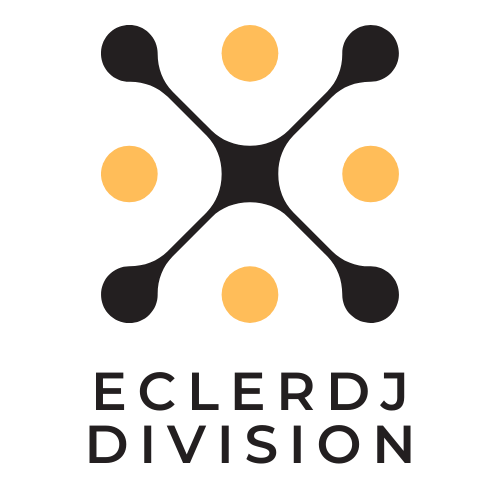Websites serve as digital hubs where visitors can find information, make purchases, and connect with brands. Modern websites combine thoughtful design, optimized user experiences, and strategic content organization to meet diverse user needs and business goals. Let's explore what makes a comprehensive website effective in today's digital landscape.
Understanding the platform's capabilities
A well-designed website functions as the digital face of an organization, serving multiple purposes from marketing to customer service. The most effective sites balance aesthetic appeal with practical functionality, ensuring visitors can easily find what they need while enjoying the experience. As we look toward 2025, websites are becoming more sophisticated with features like voice-activated interfaces, personalized content, and integrated analytics.
Navigation elements and user interface design
Intuitive navigation forms the backbone of effective website design. Clear menus, breadcrumbs, search functions, and quick links dramatically improve user experience and reduce bounce rates. Website design trends for 2025 show a movement toward experimental navigation with unique interactions and layouts, while maintaining usability. Bold, expressive fonts and anti-design principles breaking traditional rules are gaining popularity. Many businesses incorporate interactive elements such as micro-animations that provide subtle user feedback or gamified components that increase engagement. For inspiration on creative navigation solutions, access https://www.casaidea.es/, which demonstrates effective menu organization and search functionality.
Content organization and accessibility options
Strategic content organization ensures visitors can quickly locate information relevant to their needs. Modern websites utilize grid systems for structured layouts and implement accessibility features that make content available to users with disabilities. Dark mode designs reducing eye strain and intelligent content loading techniques like lazy loading help optimize the user experience. The emphasis on negative space creates clean layouts that allow content to breathe. Mobile responsiveness remains non-negotiable, with over half of all web traffic coming from mobile devices. Smart websites also incorporate progressive lead nurturing forms integrated with CRM tools and provide personalized experiences based on geolocation or browsing history. Visit https://www.casaidea.es/ for examples of effective content categorization, including sections for breaking news, main news, and featured content.
Breaking down the news section
 The Casaidea website offers a robust news section that serves as a central hub for the latest updates and information. Located in the primary menu, the 'Actu' section provides users with comprehensive access to various news categories. This dynamic platform engages visitors through organized content presentation and intuitive navigation features, aligning with current website design trends for 2025 that emphasize user experience optimization.
The Casaidea website offers a robust news section that serves as a central hub for the latest updates and information. Located in the primary menu, the 'Actu' section provides users with comprehensive access to various news categories. This dynamic platform engages visitors through organized content presentation and intuitive navigation features, aligning with current website design trends for 2025 that emphasize user experience optimization.
Content categories and topic filtering systems
Casaidea's news section employs a sophisticated categorization system that breaks down content into several distinct types. Users can browse through 'Noticias de última hora' (breaking news), 'Noticias principales' (main news), 'Últimas noticias' (latest news), and 'Noticias destacadas' (featured news). This thoughtful organization enables efficient content filtering, allowing visitors to quickly locate information most relevant to their interests. The website incorporates an integrated search function that further enhances topic filtering capabilities. When searches yield no results, a clear 'Nothing Found' message appears, maintaining transparency with users. This approach to content organization reflects modern website navigation principles and enhances digital presence through structured information architecture. Many websites now implement similar systems, considering that 86% of adult Americans get their news digitally, making effective content categorization increasingly vital for digital platforms.
Update frequency and information reliability standards
The Casaidea website maintains high standards for information reliability through consistent updates and transparent publication practices. The news section features time-stamped content, allowing users to verify the recency of information—a crucial factor in establishing credibility in fast-moving news cycles. The platform appears to follow industry best practices seen in reliable news websites, which typically include clear attribution, date-specific updates, and content verification processes. These practices align with website security measures that protect not just data but also information integrity. The website is powered by 'MoreNews by AF themes,' suggesting the use of a specialized content management system designed specifically for news publication. This technical foundation likely facilitates regular content updates while maintaining website performance standards. Given the widespread use of WordPress (powering more than 40% of sites globally) and similar content management systems, Casaidea likely leverages established publishing tools that support frequent, reliable content updates while maintaining responsive web design principles across desktop and mobile devices.

